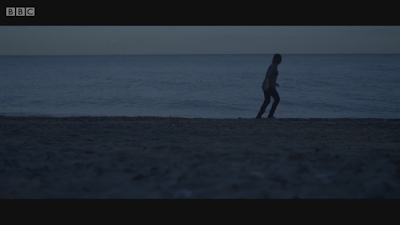Definitions:
Stereotype: a widely held and oversimplified image or idea about a type of person or group of people. Usually created by selecting the negative characteristics of that person/group of people.Countertype: a widely held and oversimplified positive image or idea about a type of person or group of people. e.g. all religious people are kind.
Task:
To fully understand the seven areas of representation, you need to know the stereotypes and countertypes of the given area. For example, we worked on the idea of the stereotypical villainous female with the character of Alice in the Luther clip.To broaden your understanding of the stereotypes and countertypes in the seven areas of representation, do the following:
Make a presentation on the stereotypes and countertypes within your given area of representation.
Use the information from the stereotypes booklet, which can be found by clicking here.
Present in a format of your choice.
Illustrate with images and clips from British or American TV
dramas.
It's your job to teach the class about the stereotypes and countertypes of your given area of representation. Your presentation should be detailed and informative. You are teaching.
The groups:
- GENDER: Grace, Dom C, Ross F.
- AGE: Lewis T, Taylor, Jordan W.
- ETHNICITY: Tom C, Ethan, Jacob G.
- SEXUALITY: Leah, Georgina, Nathan.
- DISABILITY/ABILITY: Frazer, Ellie, Ryan B.
- REGIONAL IDENTITY: Hannah Franks, Louisa Hill, Harry.
- CLASS AND STATUS: Angel, Niamh, James T.
- AGE: Rob, Rayan, Aviv.





